Project Risk Management: Health Sector Strategic Risk Analysis Report
VerifiedAdded on 2022/11/17
|16
|1017
|317
Report
AI Summary
This report delves into the intricacies of project risk management, specifically within the context of the UK health sector. It outlines the core principles of project risk management, including its aims, objectives, and the strategic planning process involved. The report covers essential aspects like risk identification, analysis, and mitigation, along with the application of tools such as Gantt charts and the Delphi technique. It also addresses the types of risks encountered in projects, such as scope creep and resource risks. Furthermore, the report explores the strategic risk management process, including CPA post-implementation and communication plans. The key findings of a strategic audit of the UK health sector are presented, highlighting the complexity of the healthcare system and the associated clinical and psychological risks. The report concludes with recommendations for effective risk management practices, emphasizing early risk identification, clear communication, and the use of risk management software. The references provide additional resources for further study.
1 out of 16
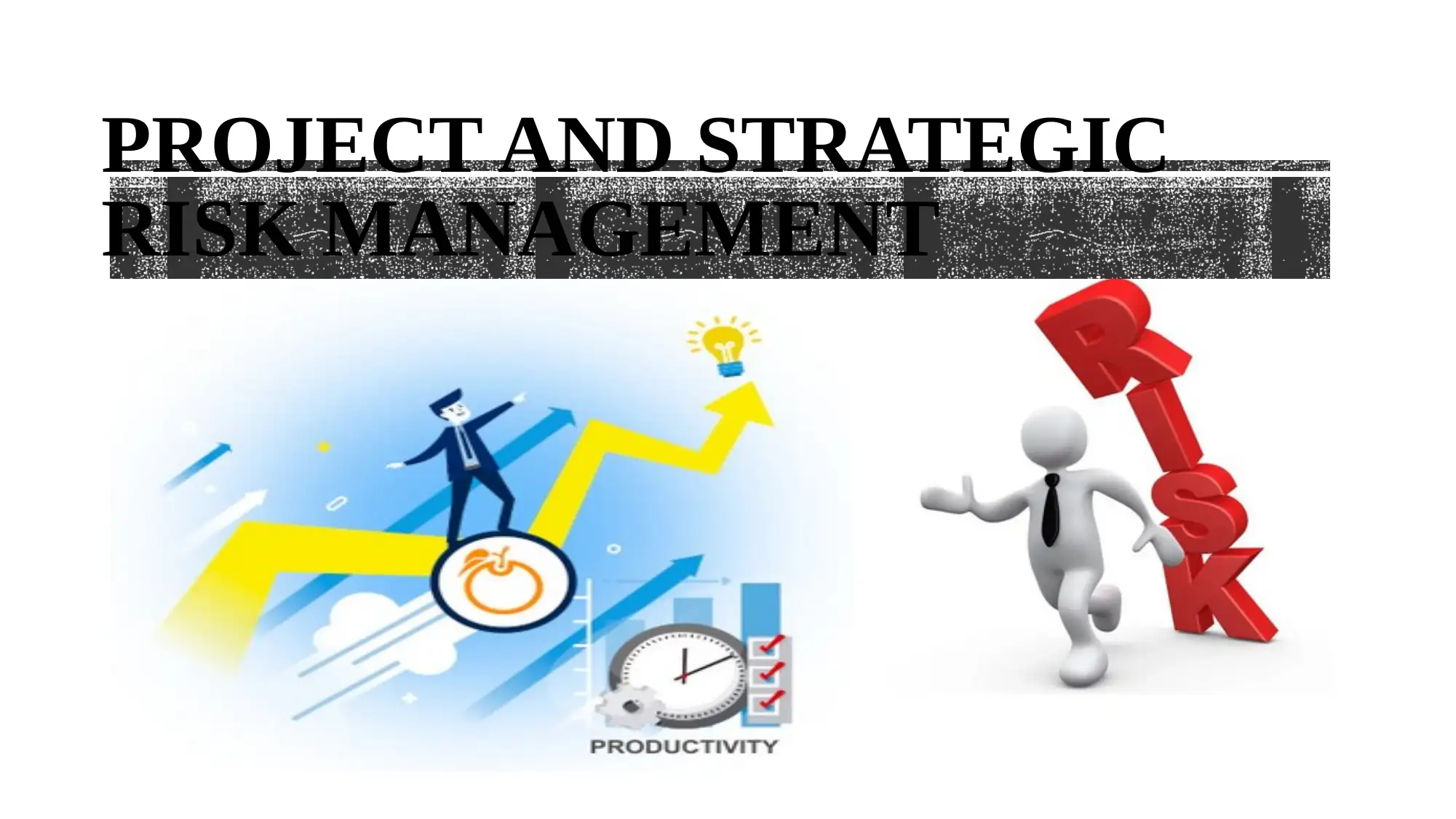

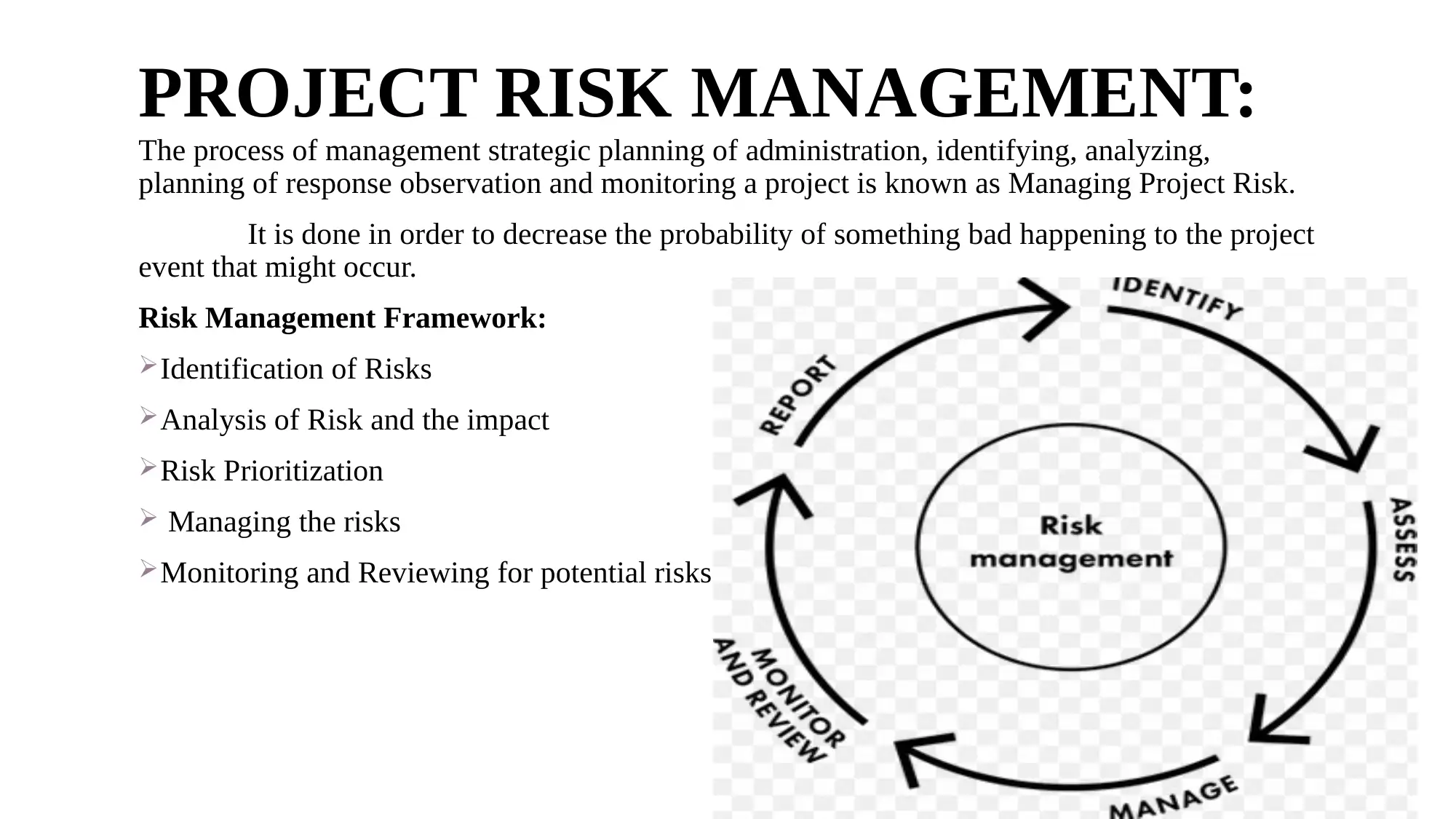


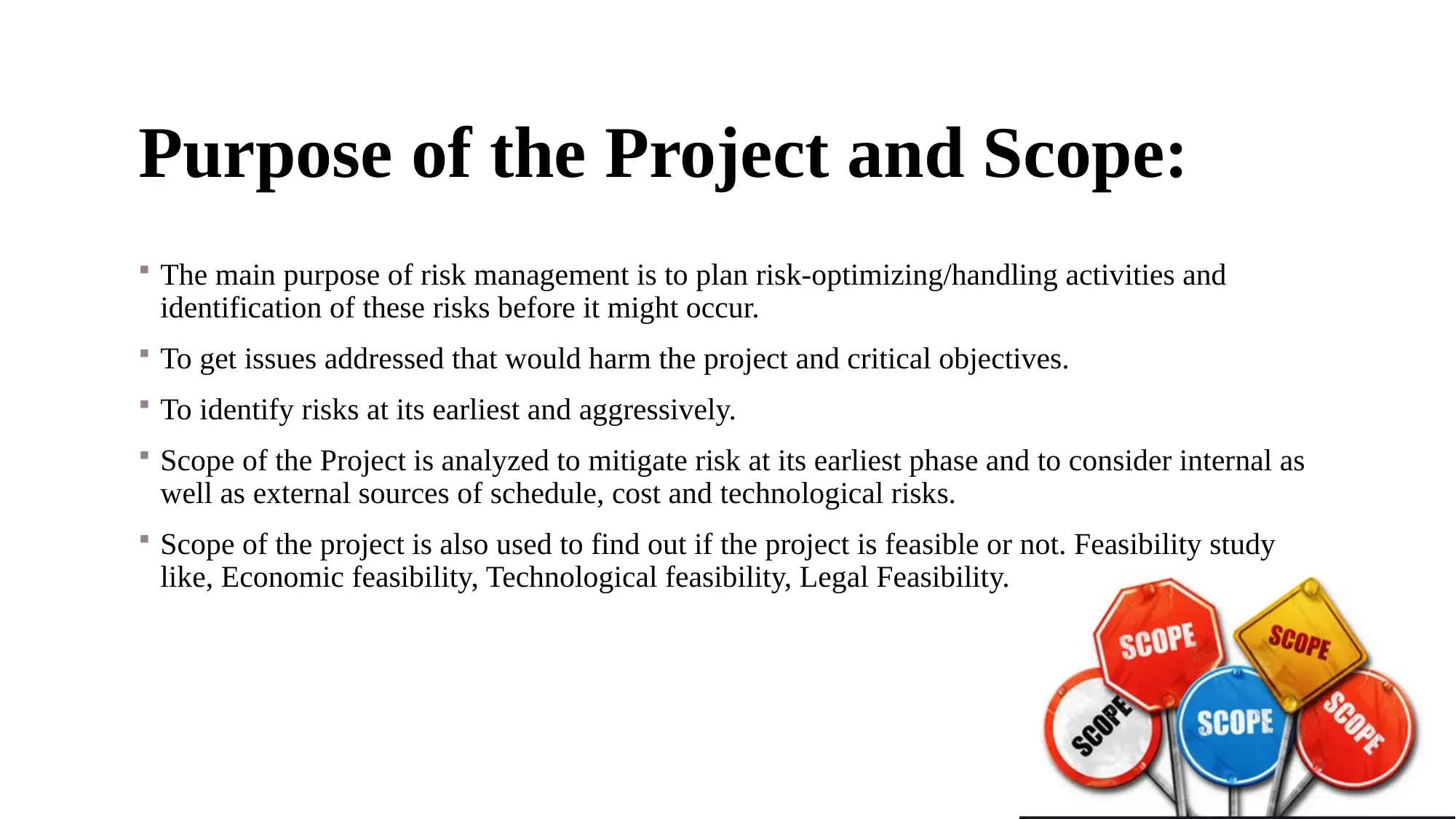
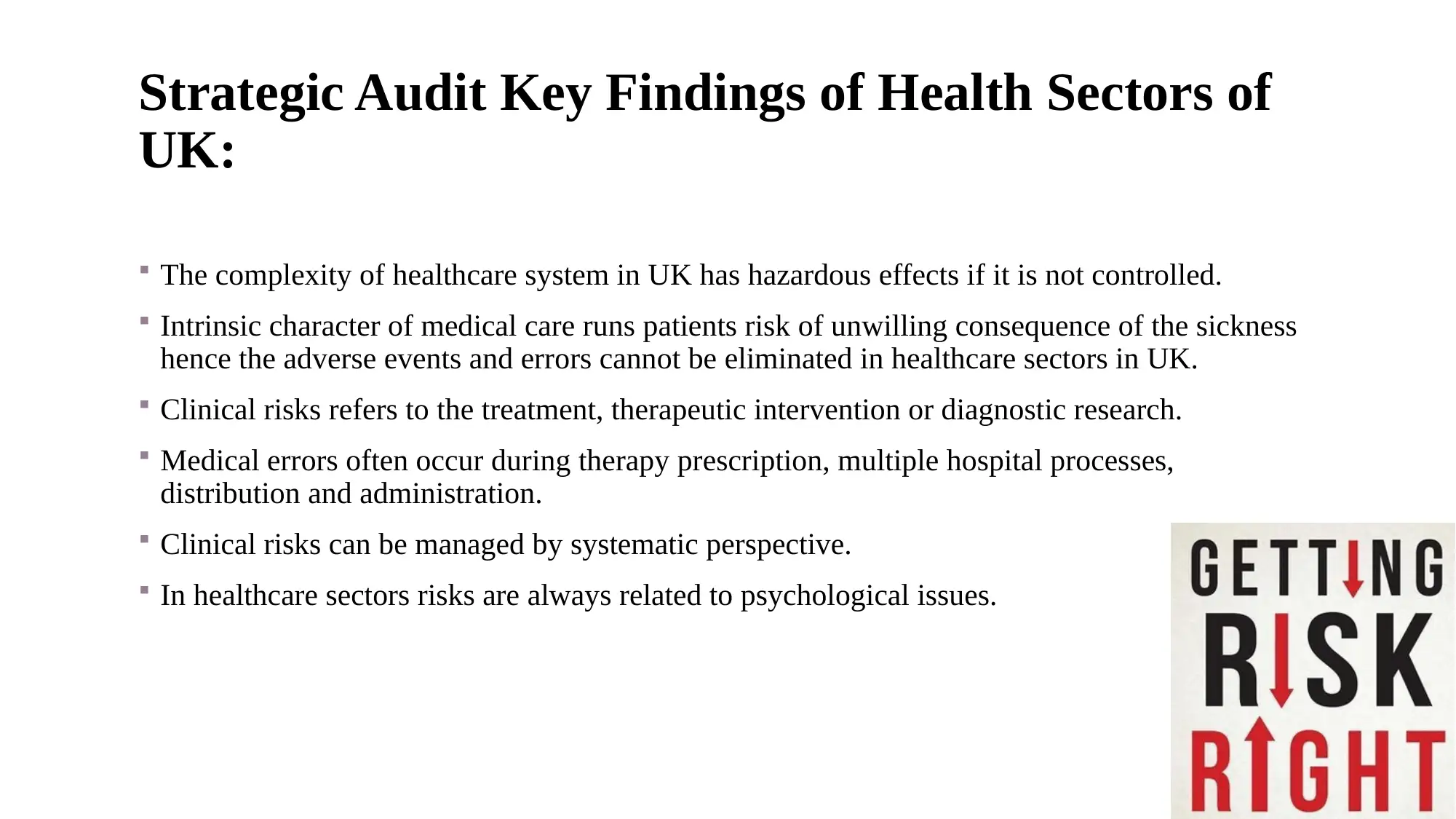


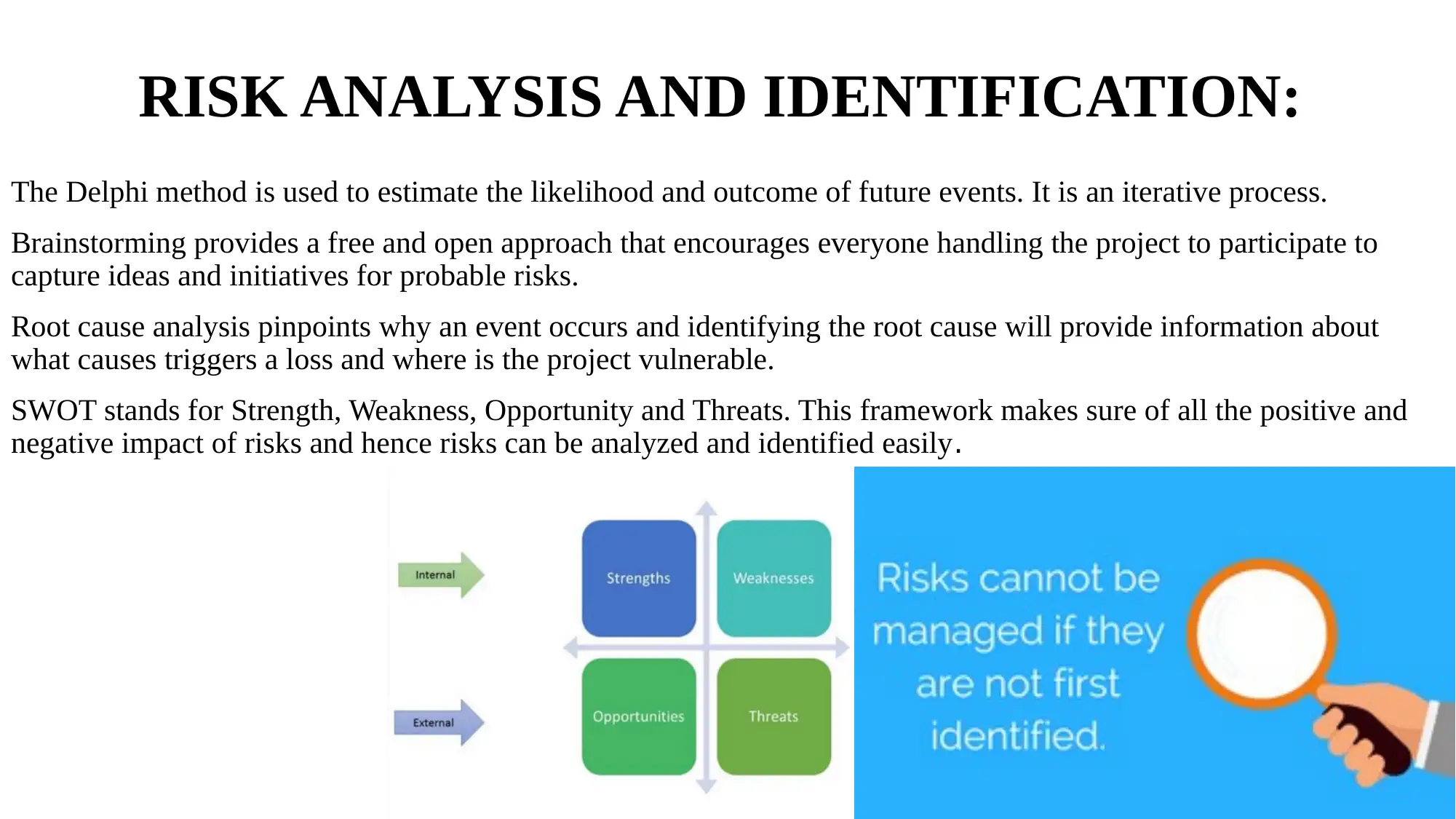
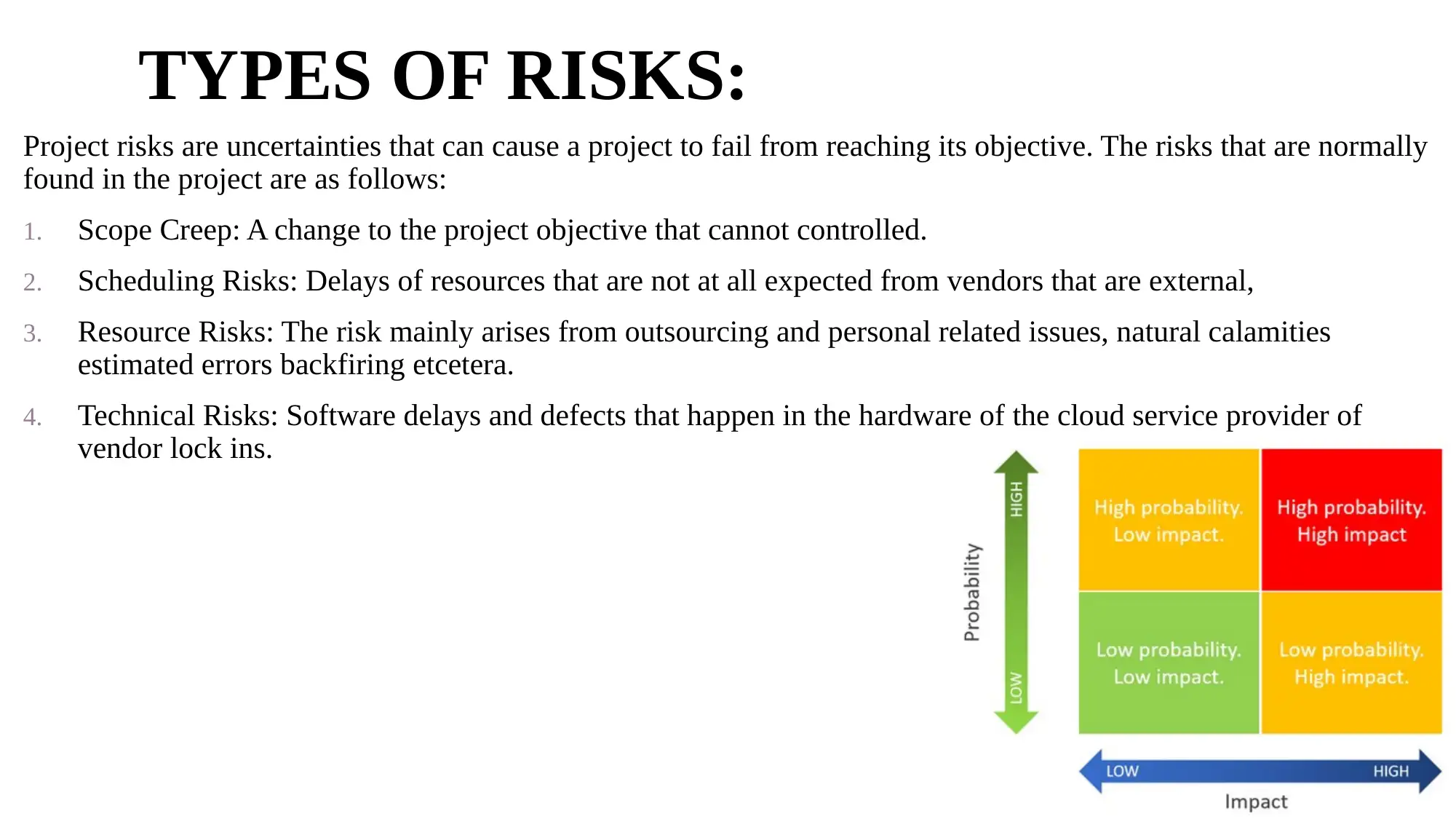
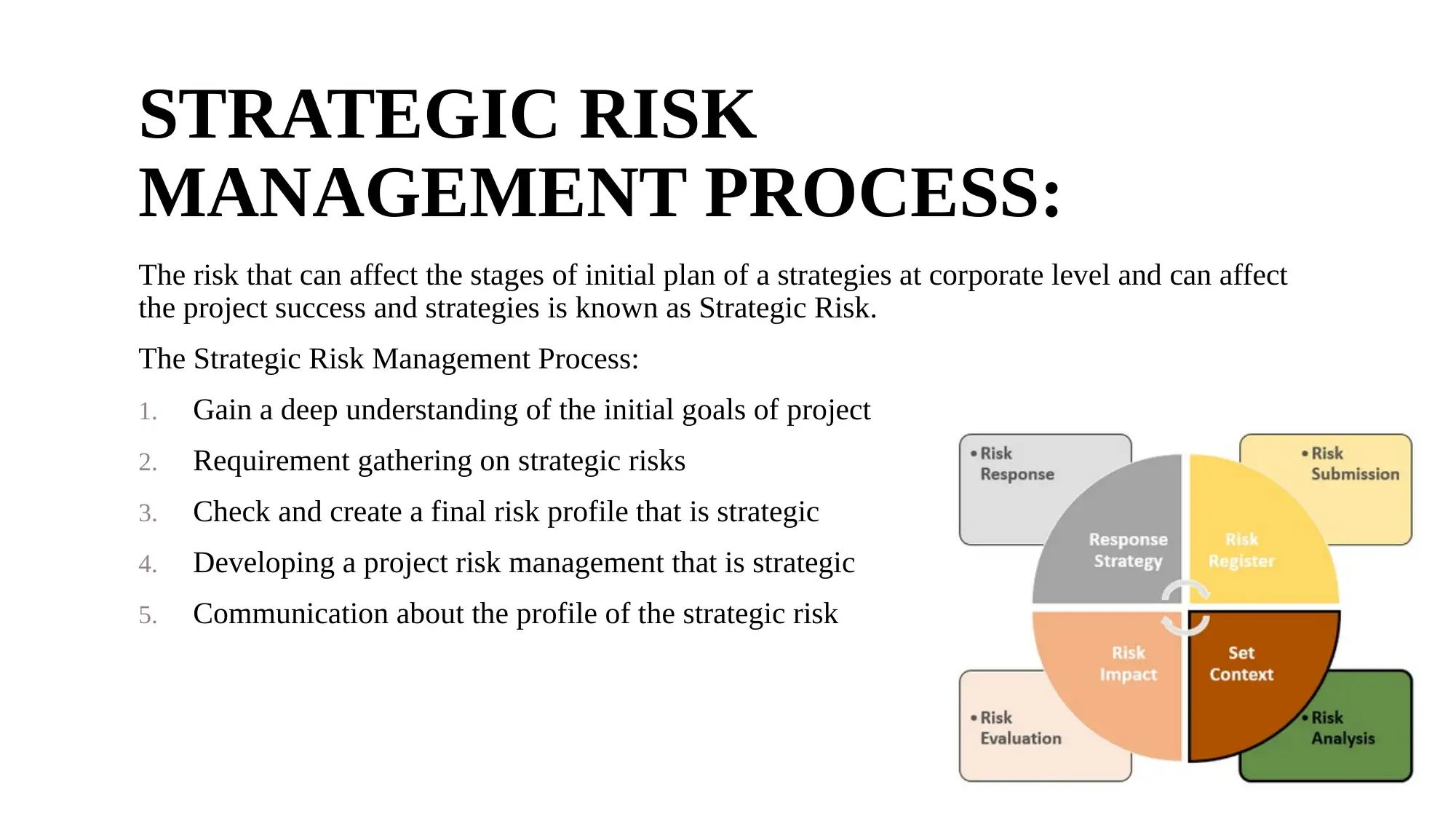
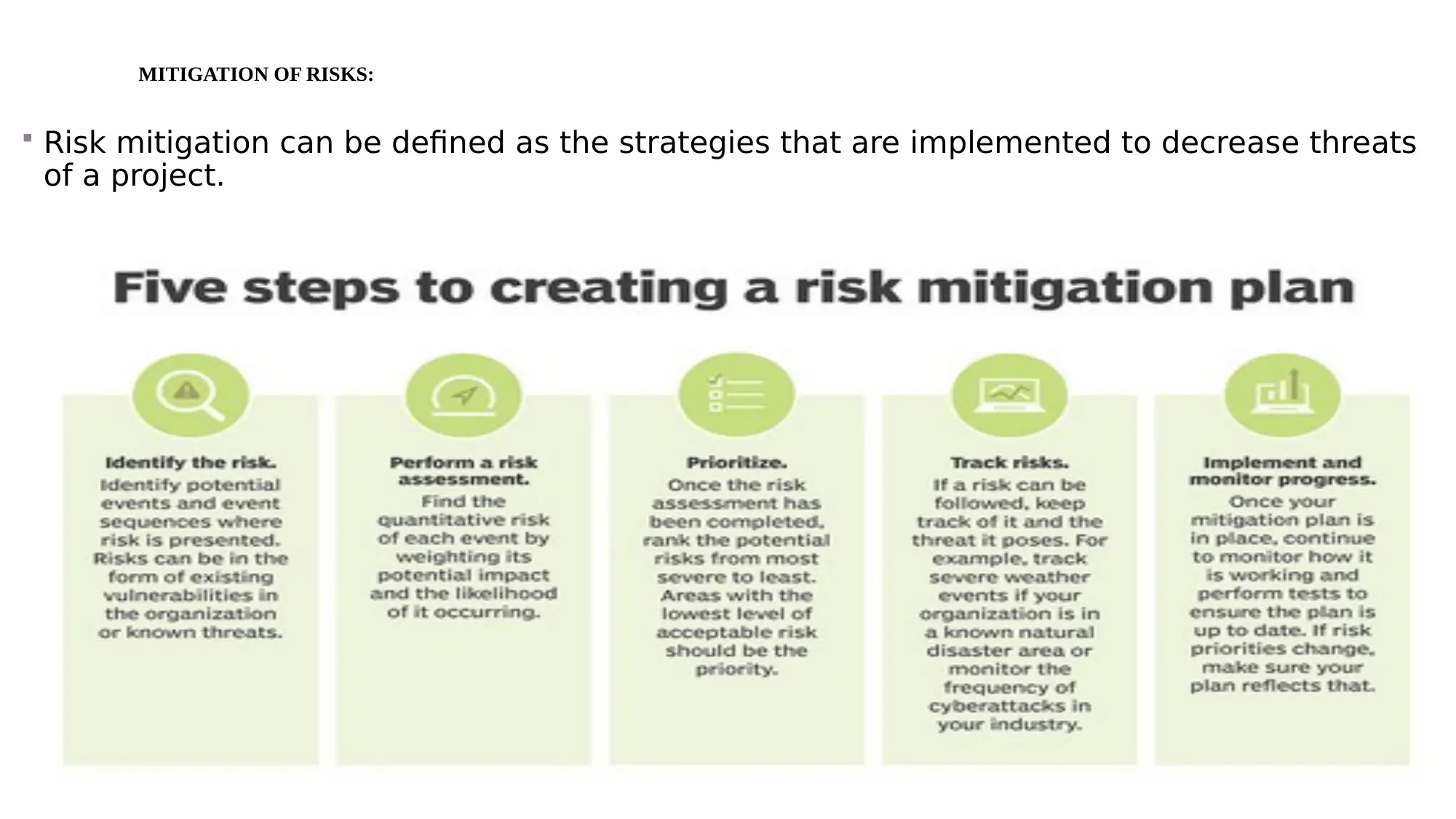





![[object Object]](/_next/static/media/star-bottom.7253800d.svg)